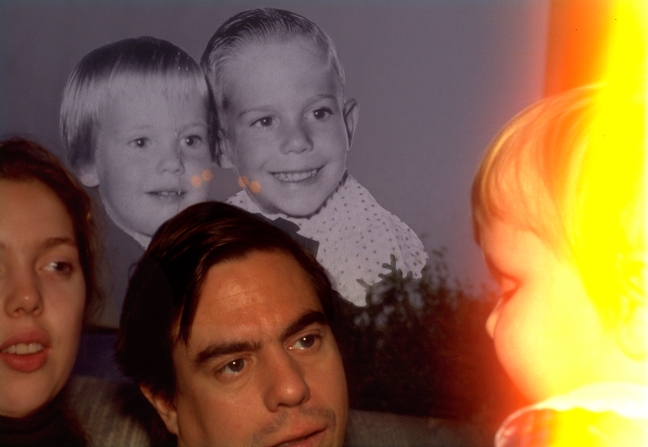Amy, Barry, and Kelsey Grau live on the third floor in a south-facing apartment. In the winter, when the typically gray Chicago sky yields to sunshine, their living room is awash in warm light. On just such a day, about six weeks after Kelsey was born, Amy was sitting with her on the couch. She was surprised that the sunlight, which fell directly into Kelsey’s eyes did not make her squint. She and Barry had begun to notice that Kelsey was not tracking them as they moved about the room. Soon it was confirmed that Kelsey had been born blind.
The expectations that Amy and Barry each held about having a child were very different from the reality that they faced with their new baby. Many of Amy’s expectations centered around expeditions to museums and the zoo and making things, all visual stuff. Barry was like Bill in the play Carousel, who dreamt about “teaching his son to shoot a gun and hit a baseball,” things that Barry laughingly admits he himself does not know how to do. As in Carousel, the he was a she, a child who challenged all their notions of family life.
Having a handicapped child presents opportunities as well as problems. There is, in fact, a large support network for such children, especially in big cities. But you have to know how to use it and you have to put the time in with your child, learning to become a capable teacher/guardian as well as a loving parent. Amy and Barry are blessed in that they are intelligent, middle-class, and have comprehensive health insurance. They are informed and aggressive about seeing to their child’s needs.
The Graus were quick to realize that their daughter’s blindness could, if allowed, undermine their relationship. This knowledge has redoubled their resolve to work together and to support each other. The only models they had for such heroic efforts were negative ones provided by their own parents. Amy and Barry each came from broken homes.
Amy’s mother was abusive. Barry’s mother, a cold person, was embittered by her husband’s philandering. Their fathers were not emotionally or physically present much of the time. Amy was raised by her stepmother. After his mother’s death when he was sixteen, Barry lived with his rabbi and then moved to Chicago to live with his father. Where Amy got love from her stepmother, Barry found that his dad was not so terrible a person as his mother had painted him to be. Barry says, “I think we’ve both learned from our parents, and we’re not going to make those mistakes. We may make other mistakes, but we’re not going to make the same mistakes that made our childhoods unhappy.”
Return to New Mexico Family Photos / Regresar a Nuevo Mexico Fotos de Familias










